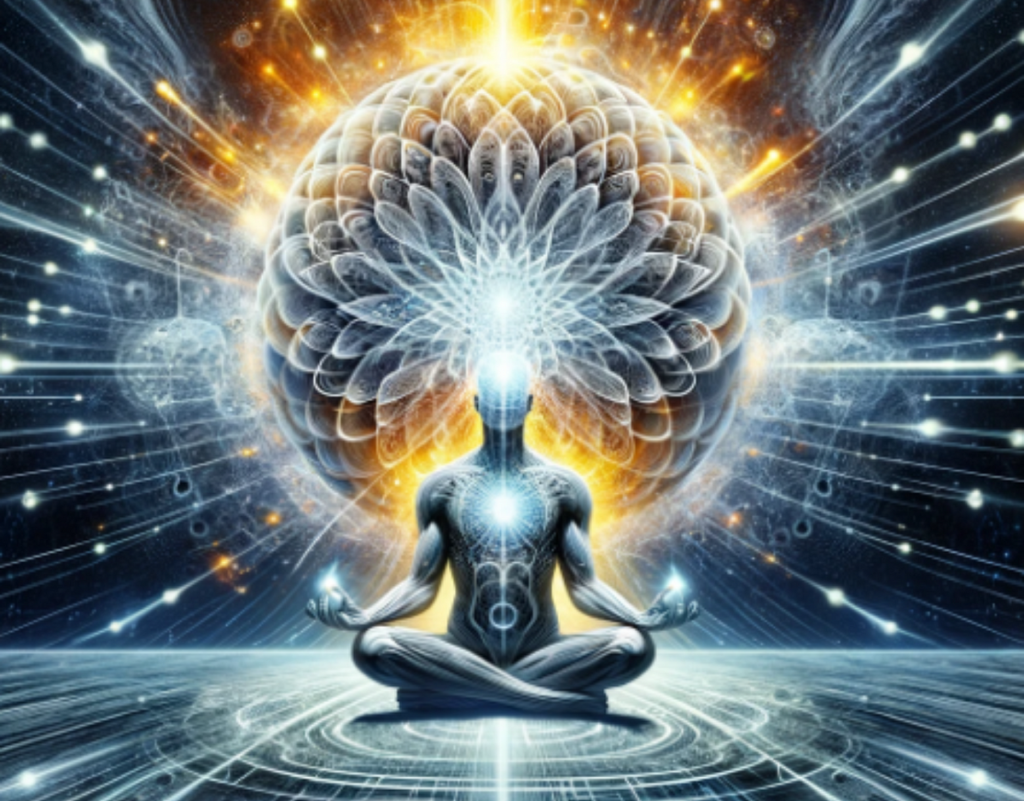Introduction:
Meditation and yoga have gained immense popularity worldwide, not just as physical exercises but also as spiritual practices. While both have ancient roots, they continue to evolve in contemporary society, offering individuals pathways to inner peace, self-awareness, and spiritual growth. In this exploration, we delve into the deep interconnection between meditation and yoga as spiritual performances, elucidating how they complement each other on the journey towards spiritual fulfillment.
Historical Foundations:
To understand the spiritual significance of meditation and yoga, it’s essential to trace their historical origins. Meditation finds its roots in ancient Eastern spiritual traditions, particularly in Hinduism and Buddhism. In these traditions, meditation was practiced as a means to attain enlightenment, transcend the ego, and connect with the divine. Similarly, yoga, originating in ancient India, was developed as a holistic system for physical, mental, and spiritual well-being. The word “yoga” itself means union, signifying the union of the individual soul with the universal consciousness.
Philosophical Foundations:
Both meditation and yoga are deeply rooted in philosophical principles that underpin their spiritual significance. In yoga, the philosophy of Patanjali’s Yoga Sutras serves as a guiding framework, outlining the eight limbs of yoga, which include ethical principles, physical postures (asanas), breath control (pranayama), withdrawal of the senses (pratyahara), concentration (dharana), meditation (dhyana), and ultimately, samadhi or union with the divine. Similarly, Buddhist meditation practices are grounded in the Four Noble Truths and the Noble Eightfold Path, emphasizing mindfulness, compassion, and insight as pathways to spiritual awakening.
Physical and Energetic Practices:
While meditation and yoga encompass spiritual dimensions, they also involve physical and energetic practices that serve as gateways to higher states of consciousness. In yoga, the performance of asanas not only strengthens and purifies the physical body but also balances the flow of prana or life force energy through the subtle energy channels (nadis) and energy centers (chakras). Similarly, in meditation, practitioners may utilize techniques such as breath awareness, body scanning, or visualization to cultivate mindfulness, concentration, and inner stillness. These physical and energetic practices serve as preparatory stages for diving deeper into the spiritual dimensions of meditation and yoga.

Inner Exploration and Self-Realization:
At their core, both meditation and yoga are vehicles for inner exploration and self-realization. Through meditation, individuals cultivate self-awareness by observing the fluctuations of the mind without judgment, thereby transcending the limitations of egoic identification and tapping into the infinite reservoir of pure awareness. Likewise, yoga provides a pathway for self-realization by harmonizing the body, mind, and spirit, leading to a state of integration and wholeness. As practitioners delve deeper into meditation and yoga, they may experience profound shifts in consciousness, uncovering the true nature of reality and their interconnectedness with all beings.
Integration of Mind, Body, and Spirit:
One of the key aspects of meditation and yoga as spiritual performances is their emphasis on the integration of mind, body, and spirit. Unlike conventional forms of exercise or relaxation techniques, meditation and yoga are holistic practices that address the individual as a multifaceted being comprised of physical, mental, emotional, and spiritual dimensions. Through the cultivation of mindfulness, presence, and embodied awareness, practitioners learn to inhabit their bodies fully, thereby transcending the duality of mind-body separation and experiencing the unity of existence.
Transformation and Transcendence:
As individuals engage in the spiritual performances of meditation and yoga, they undergo a process of transformation and transcendence, shedding layers of conditioning, limiting beliefs, and egoic identifications that obscure their true nature. This process is often accompanied by profound insights, mystical experiences, and a deepening sense of connection to the divine. Through regular practice and sincere dedication, practitioners may experience a radical shift in consciousness, awakening to higher states of awareness and embodying qualities such as love, compassion, and equanimity.
Conclusion:
In conclusion, meditation and yoga serve as profound spiritual performances that offer individuals pathways to inner peace, self-awareness, and spiritual fulfillment. By integrating physical, mental, and spiritual practices, they facilitate the awakening of consciousness and the realization of one’s true nature. Whether practiced independently or in conjunction with one another, meditation and yoga provide invaluable tools for navigating the journey of self-discovery and awakening to the divine presence within. As we continue to explore the depths of these ancient wisdom traditions, may we cultivate mindfulness, compassion, and wisdom, and may our spiritual performances lead us ever closer to the realization of our inherent wholeness and unity with all of creation


